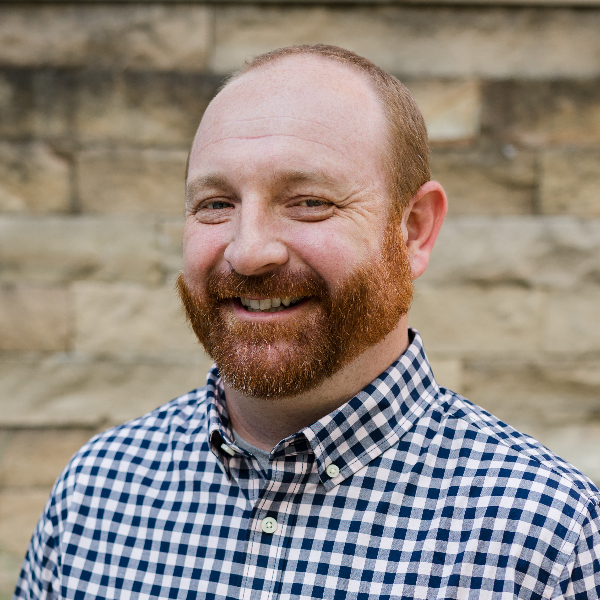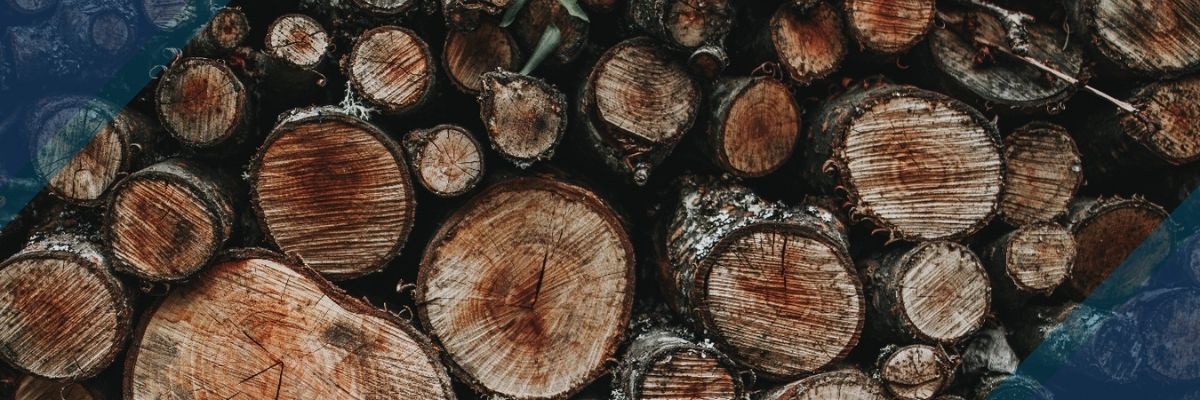In the News: More than 20 Percent of NJ Residents Were Born Outside the US
Periodically, I see news that highlights the significant Great Commission opportunities afforded to US churches with the current global migration shifts. This article makes the point. The NJ Spotlight, an editorial website for local New Jersey news, recently posted: Interactive Map: More Than 20 Percent of NJ Residents Were Born Outside U.S. The article really underscores the conversation about people groups in the United States, and it even has an interactive map for fun.
Apparently the US census data reveals that the population of New Jersey is now 22 percent foreign-born. In other words, more than one out of every five residents of that state were born in another country. In recent years, New Jersey has actually been losing residents. More US-born citizens are moving out of New Jersey than into it, but the tide of immigration into the US is keeping the total population of the state from shrinking. New Jersey’s population is turning over and becoming increasingly international.
I have been there, and it is fascinating to see how certain communities are being reshaped into people group enclaves. On one trip to New York City for people group research, we crossed over to the New Jersey suburbs. One particular town had an entire Turkish enclave. Thousands of Turkish peoples with shops, restaurants, and markets. Of course, there were mosques and other cultural centers.
This article gives numbers to that story, along with an interactive map. Here are a few bullet points from the article:
- There are almost 2 million foreign-born residents in New Jersey. This number appears to be increasing as well.
- The number is probably higher than that. I am glad this article points out the short-comings in census research when it comes to foreign-born residents. Census data on international residents is often lower than the actual for a number of reasons, and this article does well to highlight that.
- These new residents are from all over. Of course, a great many are Hispanic and from Central American countries. However, there are communities from all over the world, many from areas currently unreached by the gospel.
- The population spike measured by the article only covers five years. That is a significant point. In that 5-year stretch, the article estimates that 720,000 foreign-born residents moved into New Jersey. Those numbers are staggering.
So what?
Concerning the Great Commission, immigration to the US is a two-edged sword. Many of the people coming here are coming from areas with little-to-no gospel access. I think of that Turkish community in New Jersey that we visited. The whole community was heavily swayed by the power of Islam. And yet, here they are in the US, a stone’s throw from local churches with the gospel.
However, a great many who come here are coming from areas with a vibrant faith. I think of many of those coming from Central and South America, or perhaps Korea, and the potential that exists for partnership and cooperation. Much of the church planting happening in the United States right now is happening without any influence from traditional US citizens, as immigrant populations move here and plant churches at a faster rate than we do.
This should not surprise us. Europe has already demonstrated this. African churches in Europe are outpacing all others in growth and planting. People are calling this “reverse missions.” Personally, I find that term a little unfortunate, as missions has never truly been a western invention. In my estimation, Africans planting churches in London should just be called missions. They have as much right to the term as Westerners.
So, in the midst of such transition as we are seeing in New Jersey, believers should see opportunities. Opportunities for partnership with other branches of the church from across the globe as they settle in a town nearby, and opportunities for gospel proclamation among people who had no chance to hear at home.
Photo By Todd Crusham




